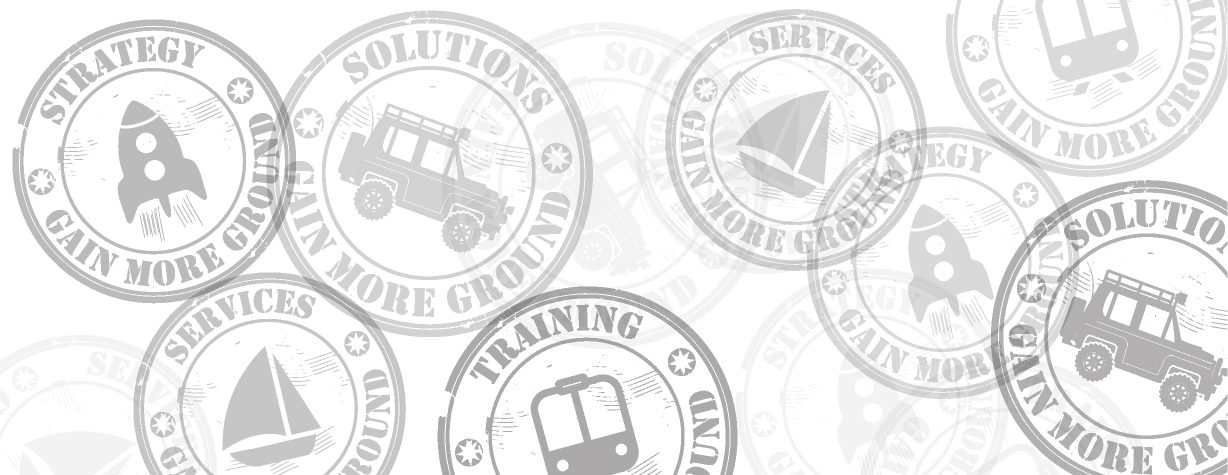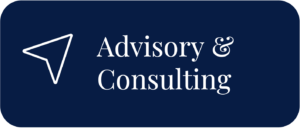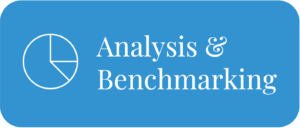
Procurement
Spend Analytics & Reporting
Too much data from disparate systems?
We consolidate, categorise,
clean and visualise any data
from any system.
We consolidate, categorise,
Want to use your procurement data better?
Your business generates an enormous amount of data every day.
Are you using this to its full potential?
Procurement professionals often struggle with vast amounts of complex & disparate data.
Consider outsourcing your data-related tasks to our expert Procurement Analysts.
Trained in the nuances of Spend and Contract Data, they are ready to assist you. Access skilled professionals equipped with the latest tools, algorithms, and techniques to manage your data efficiently.
Your outsourced analyst can clean, categorise, analyse, and visualise multiple data sets from various sources.
They will help you generate rapid reports for presentations and tender responses, as well as identify hidden opportunities for cost savings and efficiency. Take the hassle out of data management and let our experts handle it for you!
Procurement Analysis as a Service.
We will assign you a dedicated procurement analyst who will be responsible for the following:
- Data collection & integration: Assist in gathering data from multiple sources into a single, organised database and clean data by removing duplicates, correcting inconsistencies, and completing missing information.
- Data categorisation & classification: Organise spend data into categories for analysis and benchmarking using taxonomies (including UNSPSC®) to classify spending into clear, mutually exclusive subcategories.
- Data visualisation & dashboards: Provide at-a-glance views of your organisation’s spend profile with ready-to-go visualisations or custom builds to display spend by category, supplier, department, or location, including interactive features like drill-down capabilities and filtering options.
- Data analysis & insights: Generate valuable insights from your data, conduct category opportunity analysis for cost-saving and optimization, create savings reports to showcase potential and actual savings, and develop compliance reports to identify out-of-contract spending and provide action plans.
- Data benchmarking: Benchmark pricing against the market to identify overpayments or value discrepancies and access over $80 billion of benchmarking spend data for comprehensive analysis.
Analyse
& Benchmark Spend
with ProcureTRAK

Procurement Consulting Services
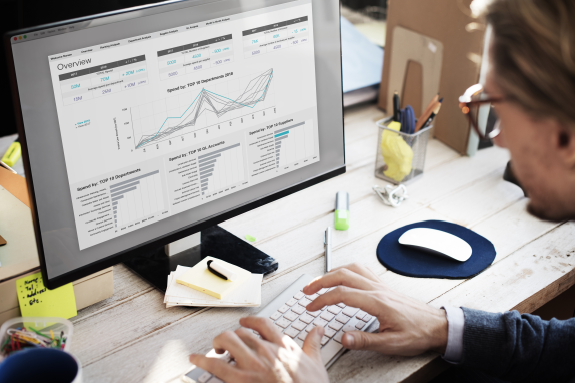
Reporting & Analysis
Your Local Leading Procurement Consultants
As Australian-based procurement consultants with national reach, we understand the nuances of local industries and government procurement requirements alike.

Government
organisations
View here >>
Publicly listed
companies
View here >>
Not-for-profit
organisations
View here >>
Privately owned
business
View here >>Procurement: Thought Leadership
From our collaborators who love open source thinking and participation.
Blog >
Agentic AI Implementation Roadmap: What CPOs Need to Know About Risks and Limitations
In the previous article we explored the strategic opportunity of agentic AI in procurement, the potential for value creation, autonomous negotiations, and freeing up your team to focus on relationships and strategy instead of chasing purchase orders. But here’s where most implementations go wrong. Organisations get excited about the vision,…
Read more.

How to Turn Your Procurement Team into a Cash-Generating Machine
Let’s get straight to it: if your procurement team is still just “buying stuff cheaper,” you’re leaving serious money on the table. Across Australia and Asia-Pacific, the best procurement leaders have woken up to a new reality: their function is not some dreary cost centre but a roaring cash engine,…
Read more.
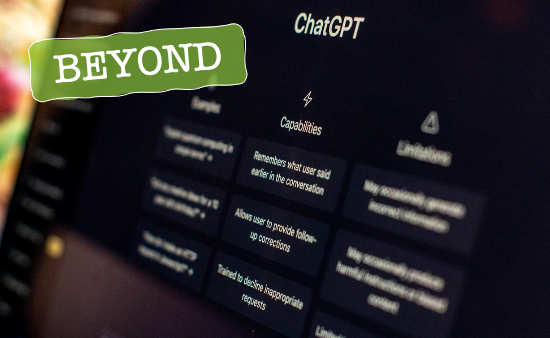
Beyond ChatGPT: How Agentic AI is Transforming Procurement Strategy
While most procurement teams are still debating whether to use ChatGPT for writing RFPs, forward-thinking organisations are beginning to let AI agents make significant sourcing decisions with increasing autonomy. Here’s the reality: procurement is experiencing its most significant transformation since the introduction of e-procurement systems. But this isn’t about incremental…
Read more.

The Procurement Operating System: How the 5P–7R–3C–7S Model Creates Procurement Excellence
The Problem with Procurement Models Here’s something that should make us pause: Walk into the most sophisticated procurement departments today, and you’ll encounter a curious contradiction. Teams are armed with the 5 P’s of Procurement, the 7 R’s of Procurement, and the 10 C’s of Supplier Evaluation, yet many still…
Read more.
Get your Complimentary Category Strategy Tool!
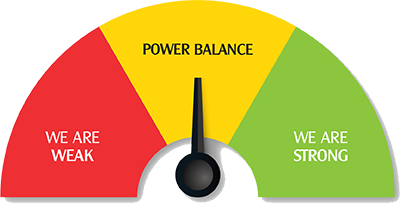
Sign-up here and you will receive it
by email a few minutes later.
No strings attached.
Frequently Asked Questions
-
What analytics tools does Comprara use?
Data is the foundation of procurement strategy, and Comprara’s Purchasing Index (PI) provides the analytics backbone. It gives clients objective insight into spend, risk, and performance.
Key capabilities include:
- Spend Analysis – Cleansing and classifying data to reveal savings, compliance gaps, and maverick spend.
- Market Benchmarking – Comparing supplier pricing and performance against peer data to validate competitiveness.
- Risk Dashboards – Exposing supplier concentration, geopolitical exposure, and resilience gaps across the supply base.
- Contract & KPI Tracking – Monitoring savings realisation, contract compliance, and supplier performance against SLAs.
- ESG Analytics – Assessing Scope 3 emissions, supplier diversity, and sustainability alignment to meet regulatory and stakeholder expectations.
With PI, organisations get data they can trust — the evidence base for category strategies, supplier negotiations, and board-level reporting.
-
Why is reporting and analysis important in procurement?
Reporting and analysis transform procurement from a transactional function into a strategic value driver. Instead of simply recording spend, effective analytics connect procurement activity to enterprise goals — cost, cash, risk, sustainability, and innovation.
Key reasons include:
- Strategic Decision-Making – Data-driven insights guide supplier selection, contract structuring, and category strategy, enabling fact-based decisions.
- Cost & Cash Optimisation – Spend analysis highlights consolidation opportunities, lifecycle cost drivers, and working capital levers (DPO, early-pay discounts, supply chain finance).
- Risk & Resilience Management – Continuous monitoring identifies vulnerabilities — financial fragility, single-sourcing, ESG compliance gaps — before they become disruptions.
- Performance Accountability – Transparent metrics drive accountability for internal teams and suppliers alike.
- Stakeholder Communication – Clear reporting demonstrates procurement’s impact on P&L, cash, and ESG progress, securing executive sponsorship.
- Compliance & Reputation – Audit-ready documentation and regulatory dashboards ensure governance and build external trust.
Done well, procurement reporting doesn’t just describe the past — it predicts risks, informs strategy, and reinforces procurement’s role as a business enabler.
Comprara and Purchasing Index provide the analytics, benchmarking, and reporting frameworks that connect procurement’s impact to enterprise goals.
-
What types of procurement reports do businesses need?
Organisations require a portfolio of reports to manage procurement effectively across value levers:
- Spend Analysis Reports – Category, supplier, and business unit breakdowns to drive consolidation and strategic sourcing.
- Supplier Performance Dashboards – Delivery, quality, innovation, and ESG metrics with benchmarking against peers.
- Contract Lifecycle Reports – Expiration alerts, compliance tracking, and realised value versus contracted commitments.
- Savings & Value Realisation Reports – Tracking hard savings, cost avoidance, and innovation benefits validated by Finance.
- Risk & Resilience Heatmaps – Supplier financials, geopolitical exposure, sub-tier dependencies, and supply continuity.
- Compliance Monitoring Reports – Policy adherence, audit trails, diversity and sustainability compliance.
- Working Capital & Cash Reports – Payables ageing, DPO, early-payment discount utilisation, supply chain finance participation.
- ESG & Sustainability Reports – Scope 3 emissions, supplier diversity spend, modern slavery compliance.
- Market Intelligence Reports – Commodity trends, FX exposure, supplier capacity signals, competitor sourcing moves.
- Process Efficiency Reports – Cycle times, touchless invoice %, guided buying adoption, cost-to-serve.
Together, these reports provide 360° visibility into procurement’s impact on financial performance, resilience, and sustainability.
Purchasing Index specialises in developing and delivering these kinds of reports, giving procurement leaders actionable insights across spend, suppliers, contracts, and ESG.
-
How can data analytics improve supplier performance?
Data analytics shifts supplier management from reactive firefighting to predictive and collaborative performance improvement.
- Benchmarking & Transparency – Comparing suppliers against peers and industry standards creates clear targets.
- Predictive Risk Sensing – Using trend data, financial health scores, and external signals (climate, geopolitical, cyber) to flag vulnerabilities before disruption occurs.
- Root Cause Analysis – Identifying the underlying drivers of late deliveries or quality defects for systemic fixes.
- Performance-Based Incentives – Structuring contracts with gainshare, outcome-based rewards, and penalties anchored in real data.
- Collaborative Improvement – Sharing dashboards and insights with suppliers to drive joint innovation, ESG progress, and cost-out initiatives.
- Multi-Tier Visibility – Mapping sub-suppliers to expose hidden risks and track Scope 3 emissions.
- Innovation Tracking – Measuring suppliers’ contributions to new product launches, sustainability initiatives, or design-to-value projects.
- Capacity & Demand Planning – Aligning forecasts with supplier utilisation data to secure capacity and avoid bottlenecks.
Analytics not only improves supplier performance but builds trust and transparency, turning vendors into true partners in resilience, innovation, and sustainability.
Comprara supports supplier performance improvement by combining data analytics with structured SRM frameworks and supplier development programs.
-
What KPIs should companies track in procurement?
A CPO’s KPI framework must balance financial outcomes, operational efficiency, risk resilience, ESG progress, and innovation. Key metrics include:
- Cost & Cash KPIs – Cost savings %; TCO trends; price variance; DPO; cash conversion cycle; supply chain finance uptake.
- Supplier Performance KPIs – On-time-in-full (OTIF); defect/PPM rate; service-level adherence; innovation pipeline value.
- Process Efficiency KPIs – Requisition-to-order cycle time; touchless invoice %; catalog adoption; procurement cost per transaction.
- Risk & Compliance KPIs – % spend under contract; supplier risk scores; dual-sourcing coverage; audit findings closure time.
- ESG & Sustainability KPIs – Scope 3 emissions reduction; % spend with diverse suppliers; supplier ESG audit pass rate.
- Strategic Value KPIs – % strategic sourcing initiatives delivered; revenue from supplier-enabled innovation; speed-to-market improvements.
- Digital Adoption KPIs – e-sourcing utilisation; guided buying compliance; AI/predictive analytics adoption.
- Relationship KPIs – Supplier satisfaction/relationship health; dispute resolution cycle time.
This balanced scorecard ensures procurement is not judged on cost savings alone, but on its total enterprise contribution: resilience, sustainability, cash, and innovation.
Purchasing Index and Comprara help organisations define and track procurement KPIs, ensuring leaders measure not only savings but also resilience, sustainability, and innovation outcomes.
Comprara acknowledges the traditional Aboriginal owners of country, recognises their continuing connection to land, water and community and pays respect to Elders past, present and future.
